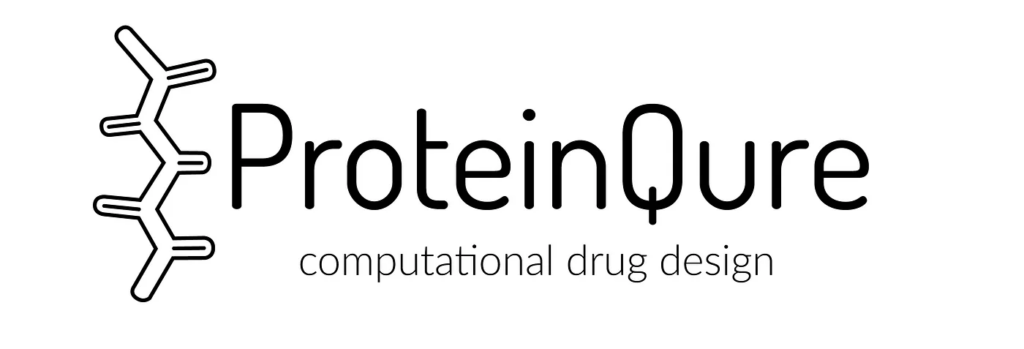Designing a healthier tomorrow
Imagine how they built the first Tesla Model S.

First they started by building a million prototypes, each with random variations. Then they performed tests in the lab; checking to ensure basic functionality (do the lights work, can it make left turns, does the engine start). Tesla then moved on to animal tests, driving these cars around with mice inside to verify their safety. In cars with high survival rates, they began human trials. They next identified which cars had below average accident rates (compared to placebo cars) when occupied with humans.
Finally, the Model S was released to the wider public; though it’s hard to explain why the car’s features were the way they ended up. Did the car have 20-inch tires because it was optimal or because that was what survived the experimental process?
. . .
Well, maybe it wasn’t exactly like that…
However, the above story plays out hundreds of times a year in the discovery of drugs. Companies spend approximately $1B+ (most of which is R&D) to get a single drug to market¹. Today we don’t design drugs, we discover them.
For most complicated products, this isn’t how things work. We no longer ‘discover’ cars. Instead, we engineer them, designing by hypothesis and iterating on our prototypes to achieve well-defined objectives. Designing for a specific purpose is the key to breakthroughs, quick build cycles and reducing waste. In the case of pharmaceutical industry, where low hanging fruit has been discovered, we are not on a sustainable path to new therapeutics. This is why the costs of discovering new drugs has steadily increased over the last few decades². The future lies in designing molecules that fit your requirements.

The most important engineering objective for drugs is how well they bind with their target. The current status quo for finding high potential drug candidates is to conduct high throughput screening. Synthesizing millions of different compounds and dropping them into microwell plates to see if they bind to the target of interest. When we find a molecule of interest we rarely understand why it works or if it will have other important properties of a drug, like few side effects³.
To assist in target-driven engineering of drugs we need to utilize methods which build up using smaller components. Similar to how cars are not simply carved out of a large block of metal and instead assembled out of precision components such sheet metal, rivets or screws. We also need to create the tools which can help us design the drugs from those basic building blocks.
One approach, in the case of biological drugs, is to utilize nature’s fundamental building blocks: amino acids. Amino acids make up proteins, which are the machines that sustain life in our cells. The objective is to construct short sequences of amino acids, and utilize them to build proteins with desired drug-like binding properties along with other unique advantages.
. . .
The good news is that scientists are making progress every day in constructing new tools to assemble components of drugs. Part of this challenge involves understanding the connection between the structure and function of molecules. Designing good drugs is becoming the science of engineering molecules with the right structure, allowing us to move from drug discovery to rational drug design. Laying the foundations for this work hasn’t been easy⁴, but new advances in technology are pushing our capabilities forward further and faster. Today, scientists are integrating human intuition with the latest advancements in computational methods; including massive-scale molecular simulations and machine learning.
That’s where we come in…

Welcome to the first blog post by ProteinQure. A Toronto based biotech company that is building software to design protein based drugs.
ProteinQure is just one of the new wave of companies helping to design — not just discover — a healthier tomorrow.
. . .
[1] DiMasi, J. et al. (2016, May). Innovation in the pharmaceutical industry: New estimates of R&D costs. Retrieved from https://www.ncbi.nlm.nih.gov/pubmed/26928437
[2] Lowe, D. (2012, March 8). Eroom’s Law [Blog post]. Retrieved from http://blogs.sciencemag.org/pipeline/archives/2012/03/08/erooms_law
[3] Wikipedia contributors. (2018, April 23). ADME. In Wikipedia, The Free Encyclopedia. Retrieved from https://en.wikipedia.org/w/index.php?title=ADME&oldid=837804294
[4] Booth, B. (2017, April 26). Four Decades Of Hacking Biotech And Yet Biology Still Consumes Everything [Blog post]. Retrieved from https://lifescivc.com/2017/04/four-decades-hacking-biotech-yet-biology-still-consumes-everything/